Great Reads in Photography: July 25, 2021
![]()
Every Sunday, we bring together a collection of easy-reading articles from analytical to how-to to photo-features in no particular order that did not make our regular daily coverage. Enjoy!
A Lost Camera Case Opens Memories of a 1960s Photojournalist’s Life – The Daily Beast
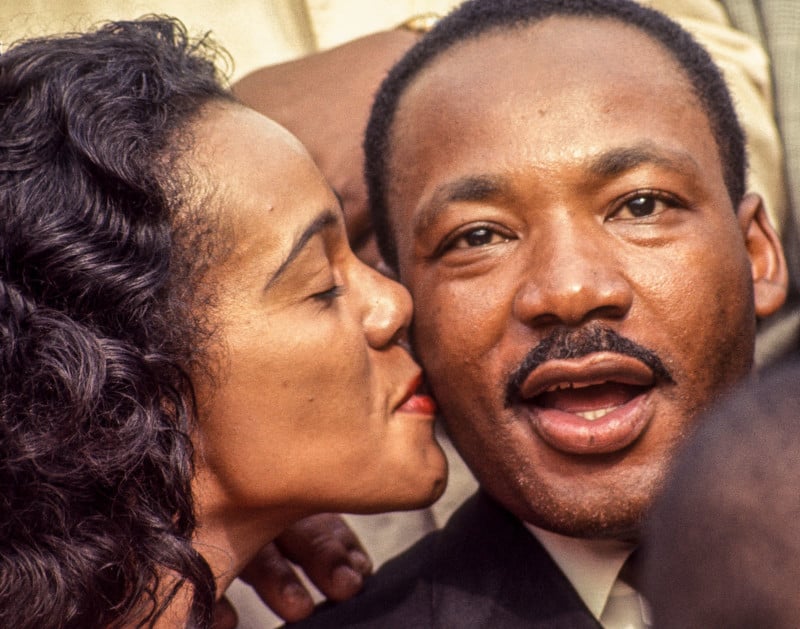
Actress and author Kathryn Leigh Scott’s deceased former husband was Ben Martin, a Time/Life photographer. According to the New York Times, he captured “evocative images that defined the 1960s” in the United States.
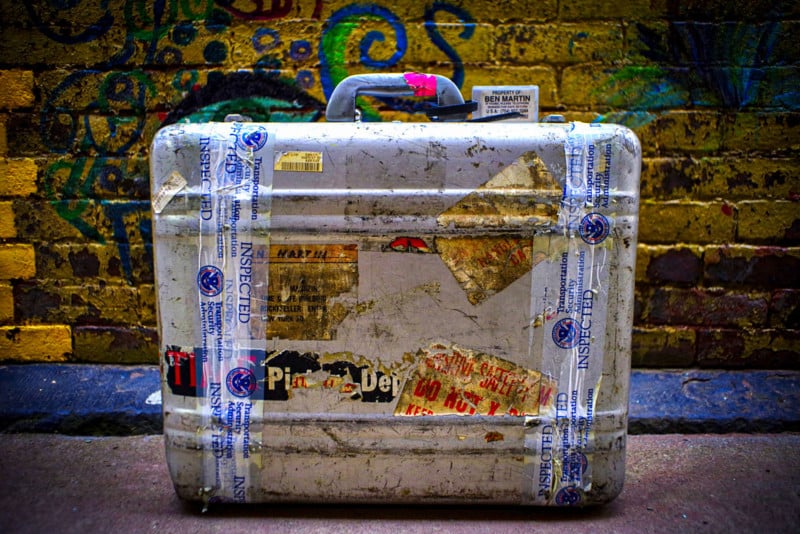
The discovery of an old lost Zero Halliburton camera case brought back memories of Martin’s famous photographs and his photojournalistic career.
“Besides, I knew the stories behind the pictures,” writes Scott. “One of Ben’s first big assignments was covering the Nixon/Kennedy presidential debates in 1960. When Ben’s photograph of Richard Nixon, with his sweaty 5 o’clock shadow, was published in Time, Nixon claimed it cost him the election. When Ben photographed him years later, Nixon showed up with an electric razor in hand, saying, ‘You’re not going to get me twice.’
“Wearing cotton gloves and poring over a lightbox, I’ve come across unexpected images with a shock of recognition,” writes Scott.
“I’ve had my own time to revisit history with these precious images, including my life with Ben. Fifty-odd years later, the photographs are a poignant reminder of the man I loved, married, and seldom saw.”
Phil Mistry: What memories do these photos of famous people bring back?
Kathryn Leigh Scott: Ben and I were living together when he was assigned many of these Time/Life cover stories, including the funeral of John F. Kennedy, Martin Luther King’s Selma march, the Angolan War, Hiroshima Revisited, and “Swinging London,” to name a few. ALL photojournalists are great storytellers, and I treasure his behind-the-scenes accounts. Thank God, I got him to write many of them down!
PM: These are financially valuable images, and would you auction them at Christie’s or donate them to a research institute?
KLS: About 2,300 of Ben’s photographs are available through Getty Images, and I have a number of signed prints available through a gallery. The negatives, contact sheets, and ephemera from his long career have been donated to The Briscoe Center at the University of Texas, Austin, to join the archives of so many of Ben’s photojournalist colleagues. I’m so pleased these valuable historical images will be preserved for future generations.
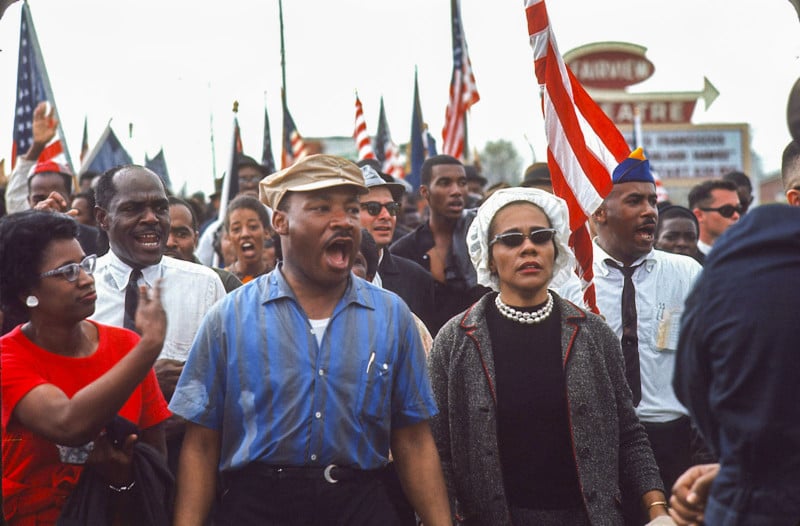
PM: Would you keep a few prints to put up on your living room wall?
KLS: I have quite a few of Ben’s vintage prints on my wall: Duke Ellington and Billy Strayhorn composing; Thelonious Monk and the Baroness Nica de Koenigswarter, romancing after hours at the Five Spot in Greenwich Village; Harper Lee, a friend of Ben’s, photographed in her New York apartment shortly after the publication of “To Kill A Mockingbird and Maria Callas in rehearsals for “Tosca,” among others.
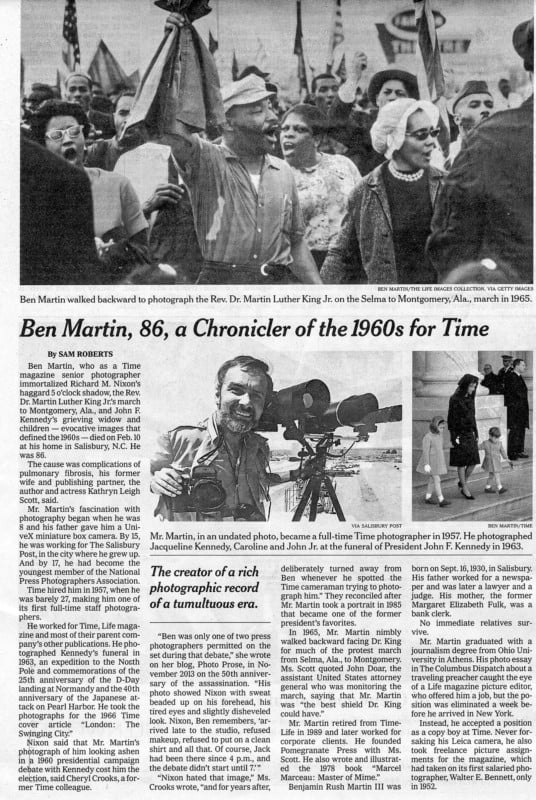
PM: Any other thoughts?
KLS: I hope the very intimate piece I wrote about Ben will promote interest in preserving the archives of photojournalists, particularly those from the pre-digital golden years when a photographer had to be there, up close and personal, to get the shot.
Notable: Ben Martin was mentored by photographer W. Eugene Smith, famous for the Minamata mercury poisoning story. According to The New York Times, “His photo essay in The Columbus Dispatch about a traveling preacher caught the eye of a Life magazine picture editor, who offered him a job, but the position was eliminated a week before he arrived in New York. Instead, he accepted a position as a copy boy at Time.”
Tokyo Olympics 2020: Day One – in Pictures – The Guardian
The best images from the first day’s action in Tokyo including fencing, water polo, gymnastics and swimming.
Which Camera Brand is Most Popular at the Tokyo Olympics? – Phil Mistry
Long, long ago (you can guess), people would count the long lenses whether they were white lenses or black lenses, indicating which camera system was popular. Today it is not so easy. Let us know in the comments below which camera system you think is most popular?
A Photographer Travels to the Tokyo Olympics – SwimSwam
Jack Spitser is a San Diego-based photographer who swam for UC San Diego under Olympic coach David Marsh.
In his blog, he recounts the arduous journey to Japan to photograph the swimming events through a “full day of 24 sleepless hours, including 8 hours in the Tokyo Narita airport.” Numerous paperwork, overly expensive COVID tests, and 14-day activity plans were only some of the requirements needed to get into Tokyo.
Overuse of Camera Filters Linked to a Serious Mental Health Issue – NBC10 WJAR

“I think with media, it’s always been the case that we’ve been affected by images whether it’s been celebrities or, you know, models,” says Dr. Rachel Simmons, a psychologist at Lifespan Physician Group to 10 WJAR.
“I think it becomes a problem when people are spending a lot of time taking selfies, editing selfies, posting them.
“This [Body Dysmorphic Disorder, or BDD which affects one in 50 people] is a condition where people already often are thinking, you know, for hours a day they’re thinking about perceived flaws in their appearance, and they feel really ugly or unattractive.”
Photographer Catherine Opie on Creating Living History and Leading UCLA’s Art Department — KCRW
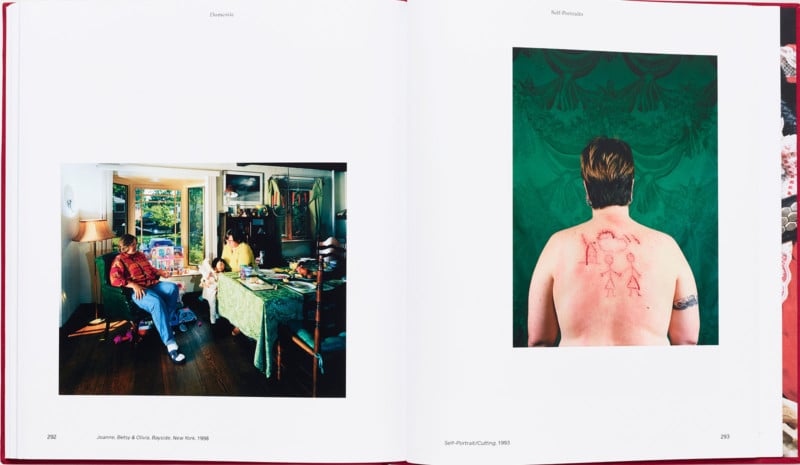
Catherine Opie’s friends call her the mayor of LA because she’s photographed so much of the area over the decades, from freeway overpasses, rundown mini-malls, and empty cityscapes, and of people like high school football players, California surfers, and those in the Lesbian leather scene.
She has just been named chair of the Art Department at UCLA, where she has taught for the last 20 years.
And a new book courtesy of Phaidon, titled Catherine Opie, is out featuring more than 300 of Opie’s photographs from the past 40 years.
During the pandemic, Opie spent six weeks traveling in an RV to photograph life nationwide. In Virginia, she visited the monument of Confederate General Robert E. Lee on a horse. The image shows the structure’s graffitied base.
Opie tells KCRW, “I believe the graffiti on that site … in relationship to an activist moment within Black Lives Matter after the killing of George Floyd, was a real interesting moment where we are reckoning again with the history of slavery and Black lives literally being killed by the hands of police one after another. I look at that, not as defacement of a monument but a reclaiming of no longer celebrating this figure of Robert E. Lee.”
How to Make a Genuinely Inclusive Phone Camera — Wired

Creator and model Lesley Buckle has experienced issues with skin color balancing on both sides of the camera.
“As someone who spends a lot of time shooting professionally, I find my medium skin tone never looks quite right,” she tells Wired. “It’s often too orange, too pink, too light, and there’s not enough detail. Something always seems off or feels flat. To try and correct for this, I often have to use more powerful lighting, but then whole details of my face can be completely blown out and flat.”
The Best of Latin American Photojournalism – in Pictures – The Guardian
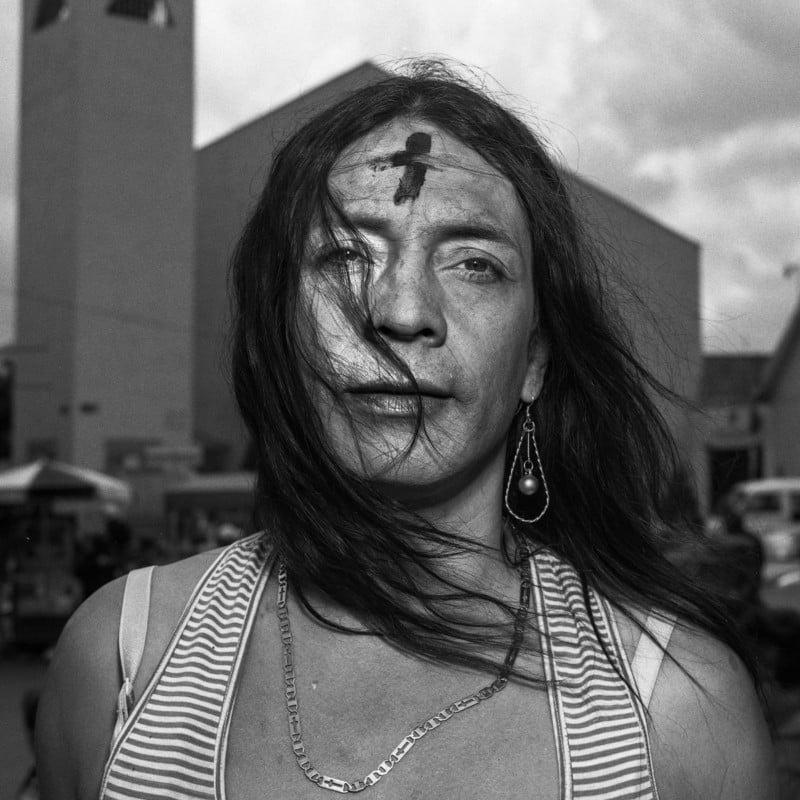
The 4th annual Latin American Foto festival at the Bronx Documentary Center in New York features long-term projects that highlight social issues across the region. The festival covers organized crime, food insecurity, and social cleansing and hosts a range of activities encouraging community participation running until 1 August
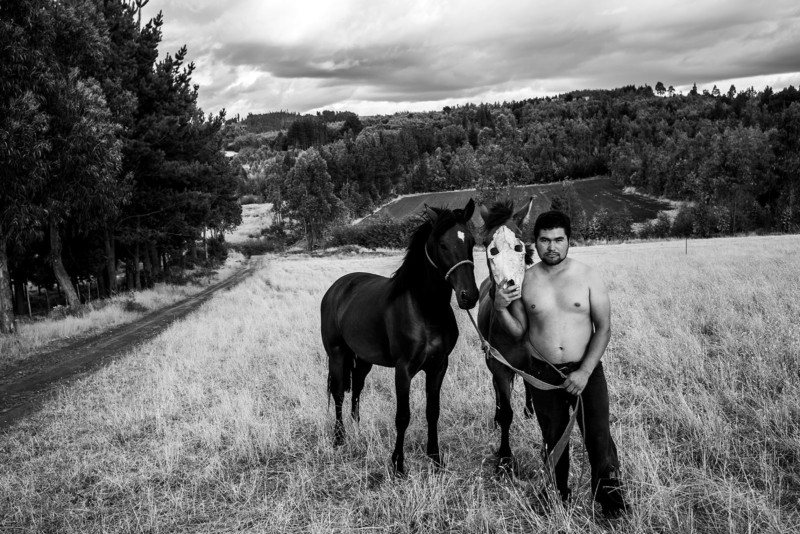
The festival reflects a historically difficult year for the region, as seen through the eyes of the photographers who lived it. It also highlights the strength, resilience, and innovation of inhabitants throughout Latin America.
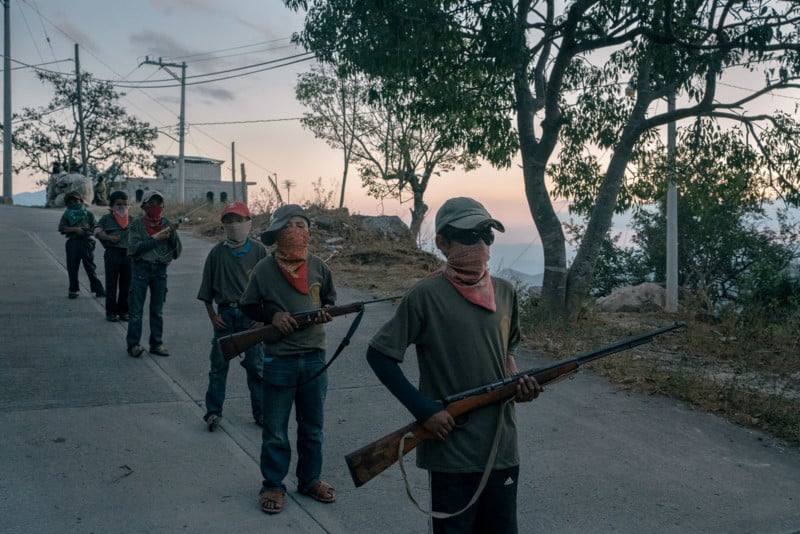
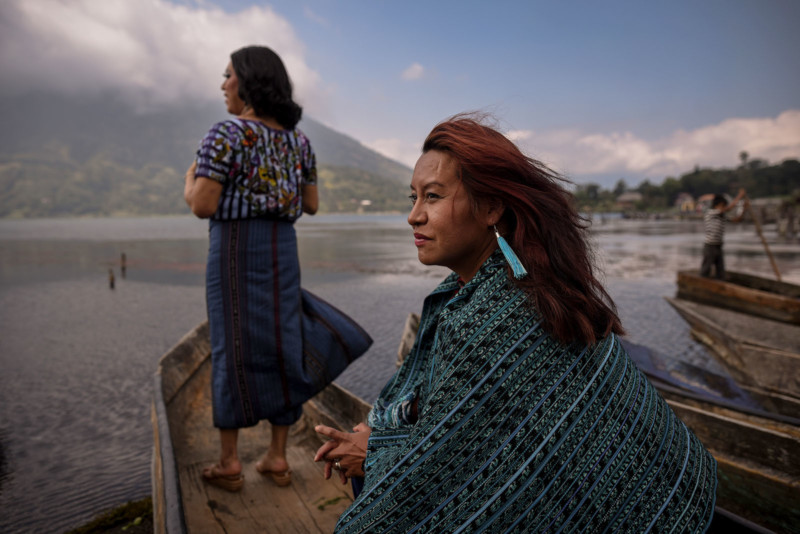
Rather than hold an indoor exhibition, BDC will be taking the photos out to the community and displaying them as large-scale works on banners and in projections throughout the neighborhood.
Robert Houston who Captured Injustice and Social Change Dies at Age 86 – The Guardian
Robert Houston, a portrait from 2013. Photograph: JM Giordano
Robert Houston photographed the civil rights movement, poverty, and homelessness in the United States. Born in East Baltimore in 1935, he was inspired by his friend and fellow photographer Gordon Parks to start work for the Black Star agency and then at Life magazine, for which he notably covered the Poor People’s Campaign of 1968. Check out the above link for a selection of his photographs, mainly from those years.
David Bowie’s Lost Portraits from the Photoshoot for his 1969 Album Have Been Re-discovered – Hemel Today
Photographer Vernon Dewhurst from Berkhamsted (26 miles NW of London, UK) was excited to see the original transparencies of his iconic David Bowie shoot for the Space Oddity Record sleeve. Dewhurst, who once lived with the music legend in London between 1968 and 1969, has been trying to find the original transparencies forever.
“But recently, I located them with Isolar, David’s estate people in New York,” Dewhurst tells Hemel Today.
“They very kindly agreed to supply me with hi-res files of the whole shoot, some 26 images, unseen and unpublished except for the one used for original record sleeve in 1969.
“You can imagine how excited I felt looking at the pictures unseen for 52 years! They show in fantastic quality and detail a very young David, no make-up, no Photoshop or retouching, just as I remember him.”
New Study Sheds Light on What Instagram Reveals About a Couple’s Relationship — PsyPost

According to new research published in the Journal of Social and Personal Relationships, people’s relationship tends to be more visible on Instagram when they and their partner have higher relationship satisfaction, investment, and commitment.
The researchers found a positive association between relationship quality and Instagram engagement. People who were more satisfied with their relationship were more likely to include or reference their partner in their Instagram posts. They were also more likely to like and comment on their partner’s Instagram posts.
These Are the Clearest Lakes in The World, And They’re Photography-Worthy – The Travel
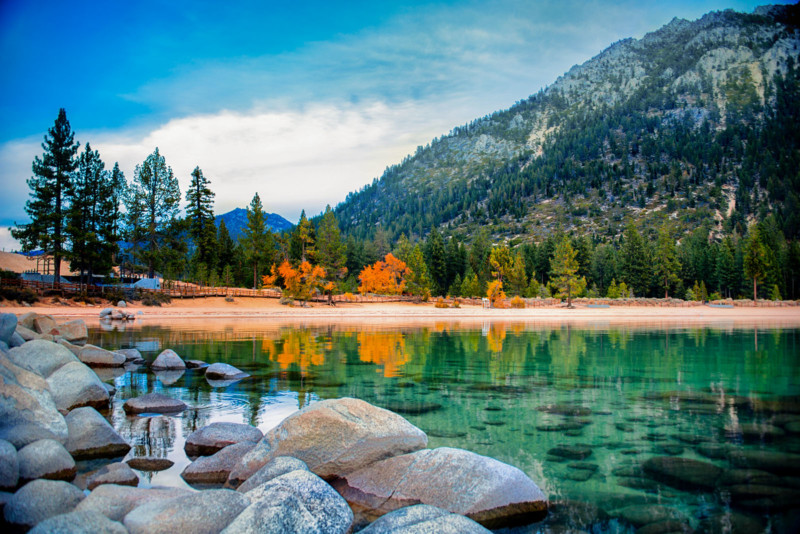
Two of the eight clear lakes on this list are in the USA:
#4. Torch Lake, Michigan
#2. Lake Tahoe, California/Nevada
Check out the other six in the rest of the world at the link above.
PPI vs. DPI: What’s the Difference and Why It Matters to Photographers – SLR Lounge

A lot of photographers ask, “what PPI should I save my images at?” The answer says Matthew Saville, is this: As long as the total number of pixels itself doesn’t change, the PPI of an image is mostly just an arbitrary number until you decide to actually print the image out. That’s when you need to worry about how many pixels are available to print per inch!
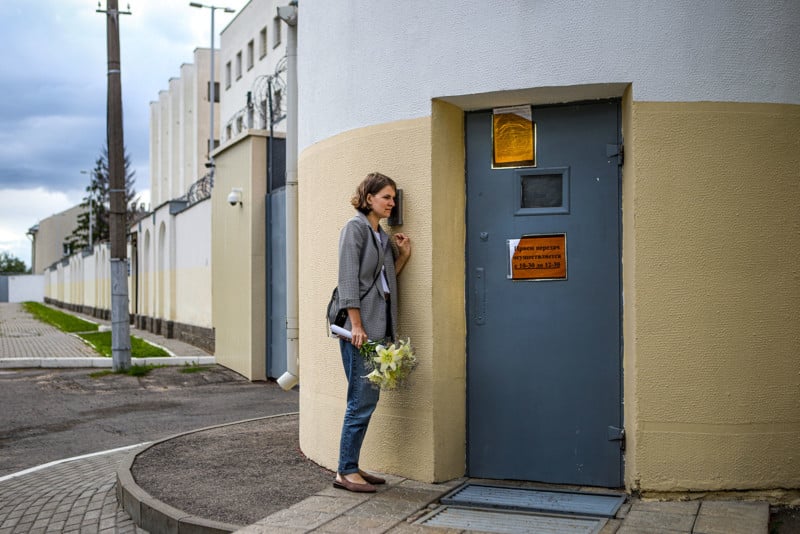
NayanTara Gurung Kakshapati is the co-founder and festival director of Photo Kathmandu, an international festival in the capital of Nepal, Kathmandu, every two years.
As the World Press Photo Foundation announced the nominees for the 2021 Photo Contest on 10 March, Witness magazine asked NayanTara to select her favorite images that didn’t make it for the World Press Photo of the Year or World Press Photo Story of the Year nominees.
One of the photos (above) she picked was by Nadia Buzhan, showing Olga Sieviaryniec waiting for her husband Paval outside a detention center in Minsk, Belarus, on 22 July 2020. Paval Sieviaryniec who had been collecting signatures in support of candidates to stand against President Alexander Lukashenko had been held on remand since 7 June, and his family had learned he was about to be released. Olga waited outside the prison for two hours, but Paval was not freed.
Kakshapati’s take on the photo (above) as told to Witness:
“This pensive photograph was presented to us in the Spot News category and has lingered on my mind perhaps because of how unnervingly silent and still it is. This frame from Minsk reminds me of how authoritarianism and the crackdown on civil society and media are also raging here at home in Nepal, Myanmar, Bangladesh, India, and the rest of the world. In its own quiet way, the photograph marks the convictions of so many activists, journalists, students, artists, bloggers, comedians, and human rights defenders who continue to speak truth to power despite brutal suppression and incarceration.”
Check out her incisive comments on seven other photos.
Quiz of the Week
1.) Which are two popular noise removal software?
2.) Which major photo competition did NOT allow “AI and machine-learning-based software used for upscaling, sharpening and significant noise reduction?”
3.) A trans model recently appeared on the cover of which well know magazine? Hint: The magazine covers sports.
4.) Which two Canon telephoto lenses designed for mirrorless cameras are optically identical to the original EF designs. Hint: They both have a bright silver built-in RF adapter and were announced in April 2021.
5.) Which photo company deleted an Instagram photo after pushback and outrage in China? Hint: It has been in existence for 129 years.
6.) Which company made its first Fujifilm X-mount lens? Hint: It is an all-in-one with a large zoom ratio of 16.6X.
7.) Which new APS-C camera was released after many teases and then delays? Hint: It is not mirrorless and, at $2,000, will likely be a tough sell.
8.) Which was the first full frame lens covering 14mm to use regular screw-in filters? Hint: It was a zoom and was announced in Jan 2019.
Answers:
1.) ON1 NoNoise AI and Topaz Labs DeNoise AI. See a review here.
2.) National Audubon Society, which just hosted the 2021 Photography Awards Contest. As Ryan Mense notes: “It can be argued that the final edited images from AI noise reduction software are composites.”
3.) Sports Illustrated’s swimsuit issue
4.) Canon RF400mm f/2.8L IS USM and Canon RF600mm f/4L IS USM. See a review here.
5.) Kodak
6.) Tamron 18-300mm f/3.5-6.3 Di III-A VC VXD. The lens will also be available in Sony E-mount.
7.) Pentax K-3 Mark III DSLR. See a review here.
Why I Like This Photo — Dean McLeod
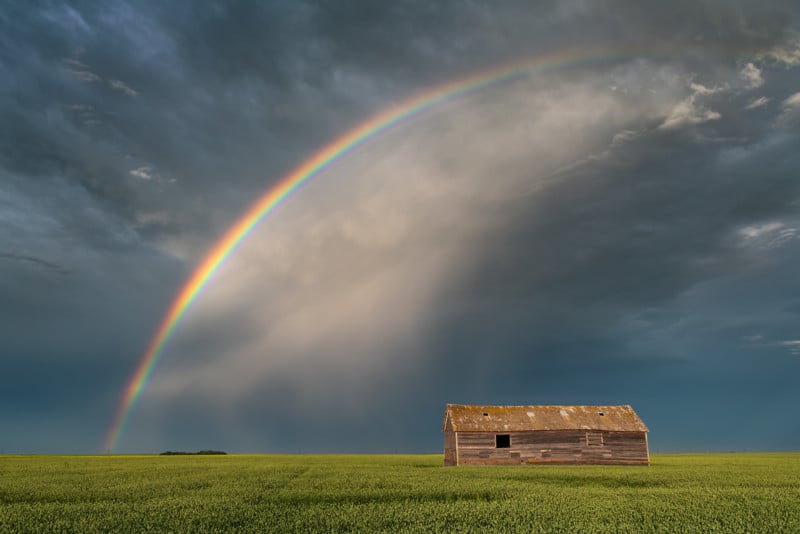
I like this photo because it reminds me of my home province of Saskatchewan, Canada, where summer thunderstorms often result in dramatic skies like this vivid rainbow which are exciting to chase and photograph.
The science of how rainbows occur is helpful to understand as a landscape photographer, so you can predict if and where they may appear. This will improve your chances of being in the right place at the right time to capture one with your camera.
Generally, two main conditions have the potential to produce rainbows. The first is having the sun clearly visible, unobstructed by clouds, and low in the sky, such as an hour or less before sunset. The second is having precipitation in the atmosphere in the opposite direction of the sun (such as a rainstorm moving from west to east that passes overhead in the evening). The sunlight refracts off of the water droplets in the air, creating what we see as a rainbow when we stand with our back to the sun.
This image from the summer of 2020 was captured shortly after a rainstorm during an evening drive in the countryside. The strong winds pushed the dark clouds to the east while the sky cleared in the west about 45 minutes before sunset. The sun was bright, and I knew there was a strong chance I may see a rainbow, so I pulled onto a gravel road to search for a foreground subject.
Luckily, I found this rustic old barn sitting alone in a farmer’s field, so I pulled over, set my camera on the tripod, and waited. Almost on cue, a rainbow began to form against the dark eastern sky. The only problem was that the rainbow appeared to “touch” the horizon very close to the position of the barn, and the composition didn’t balance well.
Knowing that the position of a rainbow in the sky is directly related to your line of sight with the sun behind you, it is easy to adjust the perceived “position” of the rainbow to improve your composition by simply moving your body. My composition would be more balanced if the bottom arc of the rainbow touched the horizon further to the left of the barn, so the solution was simple; I picked up my tripod and ran to the left a few yards, watching its position as I moved.
Finally, using a circular polarizer on your lens is critical to pull out all of the vivid colors when shooting rainbows. For this photo, I used a Nikkor 24-70 f2.8 lens with a polarizer at 28mm on a Nikon D850, f/8, 1/15th of a second at ISO 31, for the cleanest master file possible with no digital noise. I couldn’t have been happier with the results.
So, the next time a rainstorm passes by before sunset, get your back to the sun and enjoy the hunt for a beautiful rainbow!
Dean McLeod is a Canadian landscape and nature photographer specializing in gallery-quality acrylic and metal fine art photography prints. Born and raised in the prairie province of Saskatchewan, where he still resides today, his wonderment of the natural world began at a very young age. “There’s nothing like witnessing a burning sunrise or gazing up at the stars with fresh air in your lungs to help de-stress and reconnect with this amazing planet that we call home,” says McLeod.
Quote of the Week
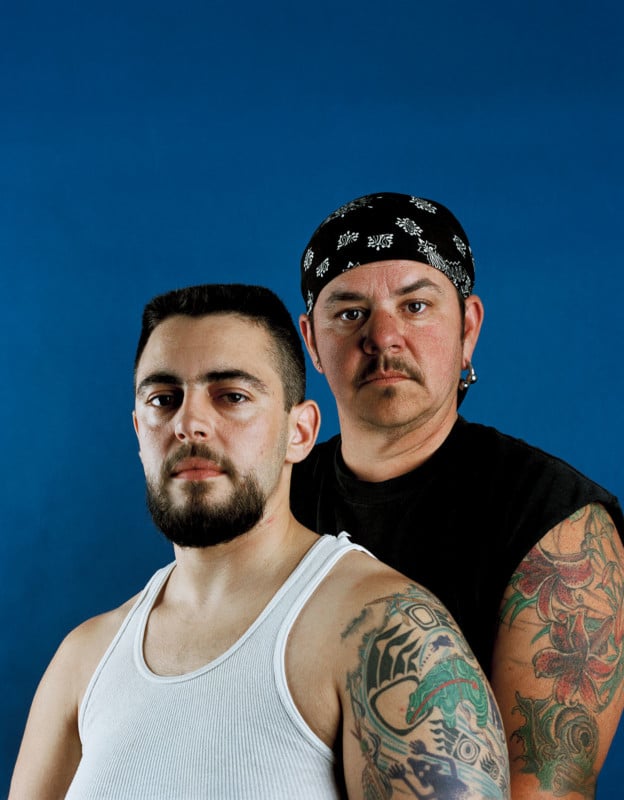
It’s interesting that people want to say things with a camera again* – Catherine Opie
* From a conversation with KCRW, 2021.
Catherine Opie (b.1961) received a BFA from the San Francisco Art Institute in 1985 and an MFA from the California Institute of the Arts, Valencia, in 1988. Her thesis project, Master Plan (1986–88), examined the planned neighborhoods of Valencia, from construction sites and advertisement schemes to homeowner regulations and the domestic interiors of residents’ homes. She is currently the chair of the art department at UCLA.
To see an archive of past issues of Great Reads in Photography, click here.
We welcome comments as well as suggestions. As we cannot possibly cover each and every source, if you see something interesting in your reading or local newspaper anywhere in the world, kindly forward the link to us here. ALL messages will be personally acknowledged.
About the author: Phil Mistry is a photographer and teacher based in Atlanta, GA. He started one of the first digital camera classes in New York City at The International Center of Photography in the 90s. He was the director and teacher for Sony/Popular Photography magazine’s Digital Days Workshops. You can reach him via email here.
Image credits: All photographs as credited and used with permission from the photographers or agencies.